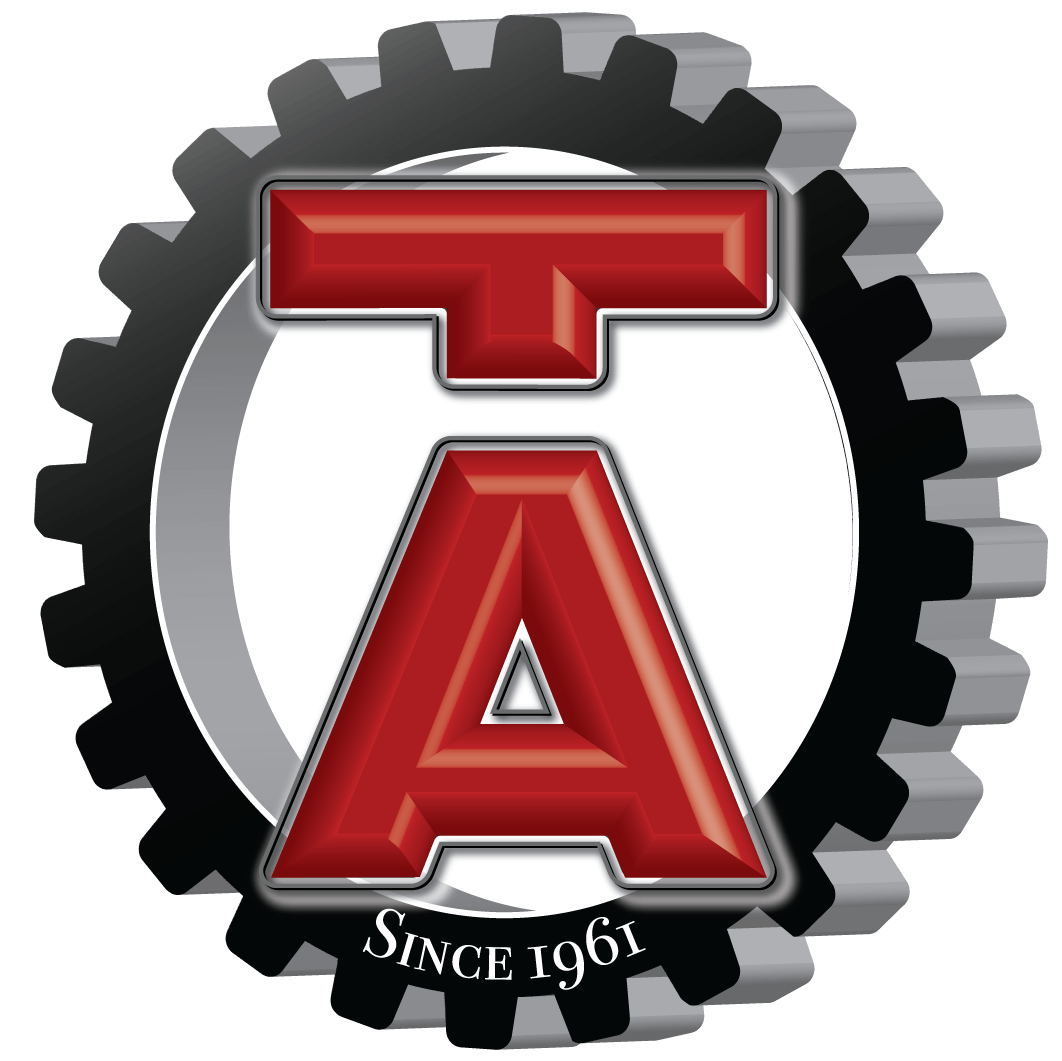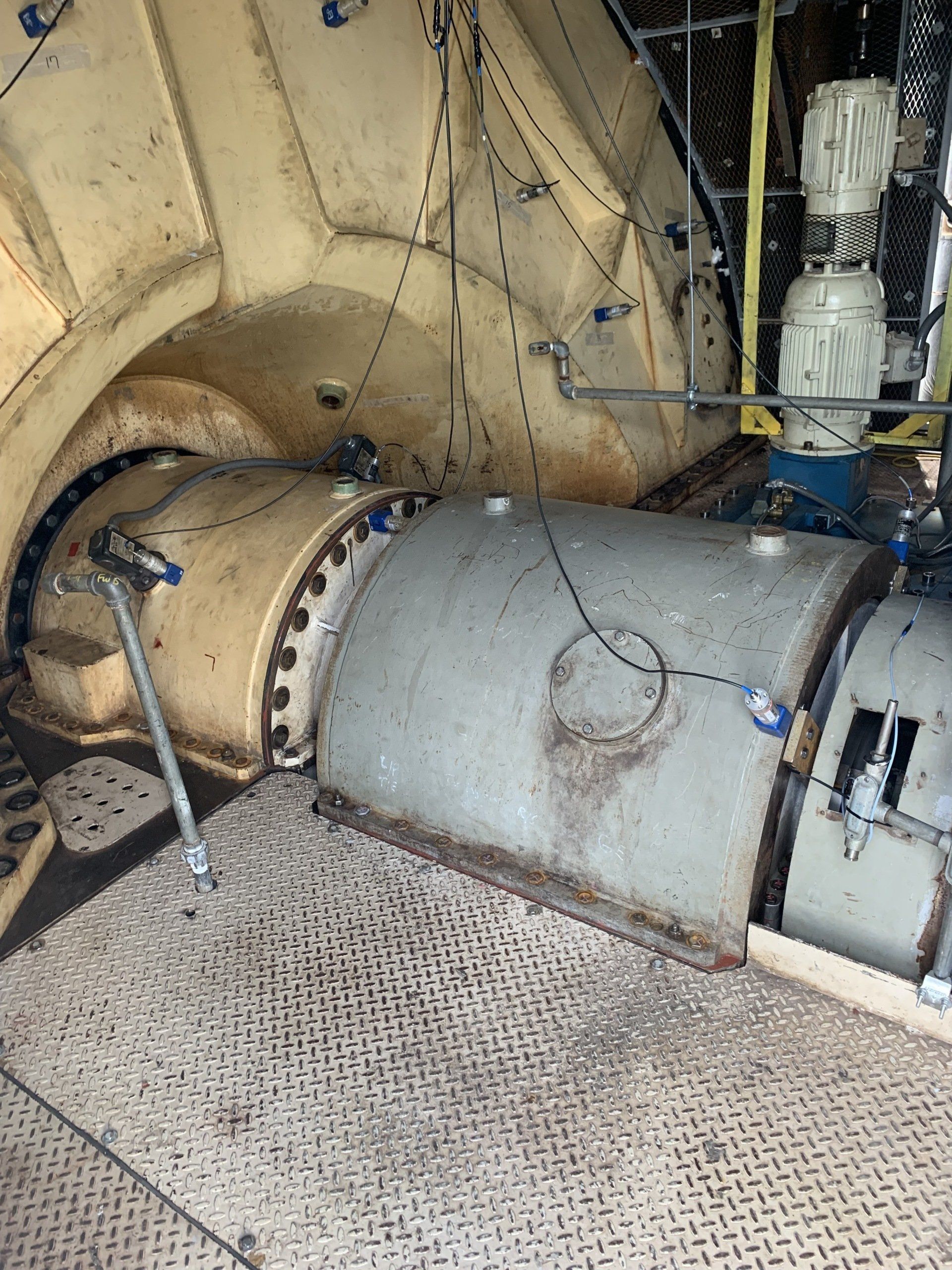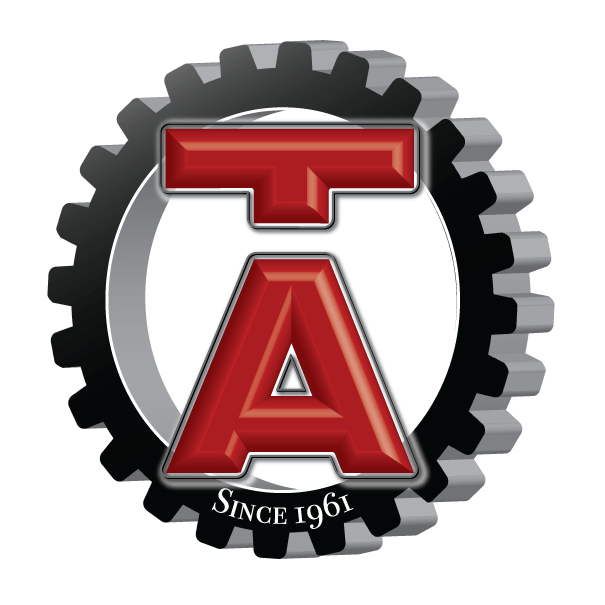ISO Category IV, Part 1
ISO CATEGORY IV, PART 1
Analysis III
Are you to lead a team of PdM technicians at your facility? Do you need to delve further into how to gather, analyze, and interpret all aspects of vibration data collection? This can include more complex topics such as Time Waveform Analysis, Low-Speed and High-Speed Machinery, Variable-Speed machinery, Natural Frequency Testing, and many more! As a senior analyst, you will not only expand your knowledge in specific areas but also benefit your companies by optimizing your vibration programs in those areas.
-
OVERVIEW
- 3-Day Class: Tuesday - Thursday, 8am - 6pm
- Review Test: Friday 8am - 12pm
This 3-day seminar builds from ISO Category III and is intended for analysts having approximately 1 to 2 years of experience.
It includes in-depth coverage and demonstrations of the diagnostic techniques initially introduced in ISO Categry III and covers additional diagnostic techniques required to improve PdM program effectiveness.
Topics in this seminar are important for the optimization of any program. Topics included are:
“Time Waveform Diagnostic Analysis" shows how this important technique can detect problems that likely will be missed altogether by FFT analysis alone (and can verify problem sources that are detected by FFT analysis). Coverage is included on how to specify key time waveform setup parameters (required sampling period (tMAX), recommended number of samples, and recommended vibration parameter).
“How to and How Not to Create Meaningful Narrowband Spectral Envelope Alarms" clearly demonstrates how such narrowband alarms should be established, as well as real-world examples on how such envelope alarms should be specified for different “families" of machines.
“High Frequency Demodulated Spectral Analysis" using a variety of data collection systems to detect rolling element bearing, gear, electrical, lubrication and rotor rub problems is provided.
“How to Detect Problems Within DC Motors and Their Controls" reveals surprising results of a 3-year study which found nearly 60% of DC motor problems do not originate within the DC motor, but instead in their controls and shows how to determine the source of the problem(s).
“How to Analyze Low Speed Machines" concentrates on 10 to 300 RPM machines, along with what analyzers, transducers, measurement parameters and techniques must be used to acquire meaningful data on these machines, along with required measurement setups which must be used. Case histories illustrating how such techniques, analyzers and transducers were employed to detect and resolve problems on real-world, low speed machines are included.
“How to Analyze High Speed Machines" explains the use of a completely different array of transducers, transducer mounting techniques, analyzers, measurement parameters, etc. in order to reliably evaluate the condition of machines which generate forcing frequencies above 10,000 Hz (600,000 CPM).
“How to Analyze Variable-Speed Machines" covers how these machines should be analyzed both during a one-time diagnostics, as well as within a Condition Monitoring Program. Instrumentation and techniques required to ensure proper diagnostics on these variable-speed machine types whose RPM may change significantly from one survey to the next, or literally change while measurements are being made, is given including how to specify proper frequency spans, spectral band alarms, #FFT lines, #averages, etc. Real-world examples clearly illustrate how relatively small changes in speed must be handled to properly evaluate machine condition from one survey to the next.
“Motor Current Signature Analysis" focuses on how this tool can be effectively used along with vibration analysis to confirm the presence and severity of faults within induction motors. This includes detection of problems with the stator, rotor and dynamic/static eccentricity.
-
INTENDED AUDIENCE
This 3-day seminar builds from ANALYSIS II and is intended for analysts having approximately 1 to 2 years experience.
-
PREREQUISITES
- Recommended Full-Time PdM Vibration Experience = 12 to 24 months
- Recommended 2 to 4 years vibration spectrum analysis experience
- General familiarity with using a calculator and with a computer is required
- Good math skills, Algebra, and fundamental Trigonometry background will be a must
- It is recommended that students previously attend both ISO Category II & ISO Category III, since ISO Category III covers all problems on the Technical Associates “Vibration Diagnostic Wall Chart."
- Students desiring certification for ISO Category IV must have previously passed both ISO Category II & ISO Category III Certification Tests
- This seminar contains Part 1 of the required Body of Knowledge for ISO Category IV Certification
-
SEMINAR FEES & OPTIONAL EXAM
SEMINAR FEE: $2095
OPTIONAL REVIEW TEST: $0 Included in Seminar Fee
A 5% DISCOUNT will be given for full payments received at least 60 DAYS prior to the seminar start date.
Seminars Fees include textbook, breaks, and lunches.
Seminar Agenda
- Seminar Overview
- Review of ISO Category III Seminar Topics
- Introduction to Frequency and Amplitude Interpolation and Why They are so Important to Accurate Vibration Signature Analysis
- How Can One Diagnose a Bearing, Gear or Electrical Problem When He Does Not Know Rolling Element Bearing Model Numbers, Gear Tooth Count, or Number of Rotor Bars?
- How to Properly Create and Specify Optimum Narrowband Envelope Spectral Alarms for Various “Families” of Machines Having Different Operating Speeds
- How Much is Too Much at Specific Vibration Frequencies for Various Machine Types?
- At Operating Speed (1x RPM)
- At 2x RPM
- At 3x RPM
- At 2x Line Frequency in an Induction Motor
- At 1x and 2x Rotor Bar Pass Frequency in an Induction Motor
- At Blade Pass Frequency and Harmonics
- At Gear Mesh Frequency and Harmonics
- At Belt Frequencies and Harmonics
- At Rolling Element Bearing Frequencies and Harmonics
- At SCR Firing Frequencies in DC Motors
- At Other Electrical Line Frequencies in DC Motors
- At Coil Passing Frequency in Synchronous Motors
- Acceptance Tests and Criteria for New and/or Overhauled Machinery
- How to Accurately Track Rolling Element Bearing Condition Using Both Vibration Signature Analysis and High Frequency Enveloping and Demodulated Spectral Techniques
- Introduction to Gear Problem Diagnostics
- Natural Frequency Testing
- Impulse Natural Frequency Tests
- Coast-down and Run-up Tests
- Bodet and Nyquist Plotting (Phase and Amplitude vs. RPM)
- Swept-sine Variable Frequency Shakers
- Introduction to Special Diagnostic Techniques
- Low Frequency Vibration Measurement Considerations (Excerpts from ADVANCED Seminar Text)
- Operating Deflection Shape (ODS) Analysis by Manual as well as by Automated Software-driven Methods
- Time Waveform Analysis and how it Relates to FFT Analysis
- Synchronous Time Averaging (Excerpts from ADVANCED Seminar Text)
- Introduction to Spectral Analysis of Motor Current
- Presentation of Effective PdM Reporting Techniques to Keep Program Successes Visible and to Ensure Proper Corrective Actions are Taken
- Considerations for Vibration Analysis of Specific Machine Types
- Horizontal Pumps
- Vertical Pumps
- Centrifugal Air Compressors
- Centrifugal Fans
- Presentation of Real-World Case Histories
Seminar Fee: $2095
A 5% DISCOUNT will be given for full payments received at least 60 DAYS prior to the seminar start date.
Seminars Fees include textbook, breaks, and lunches.
When registering for a seminar, please do not forget to fill out the SEMINAR REGISTRATION FORM either before or after visiting our ONLINE STORE to make sure we have all the correct information needed to properly fill out all Certificates, as well as the information we need to best tailor the seminar to meet your individual needs based on the instrumentation used at your company.


